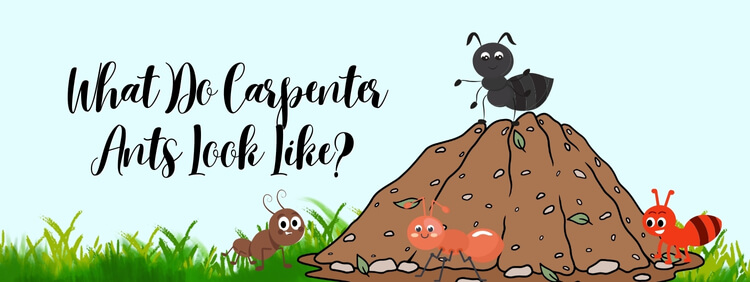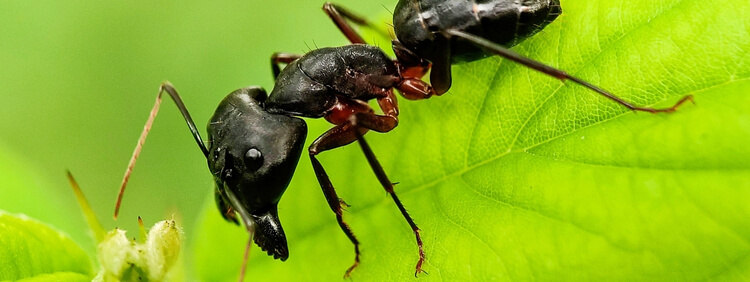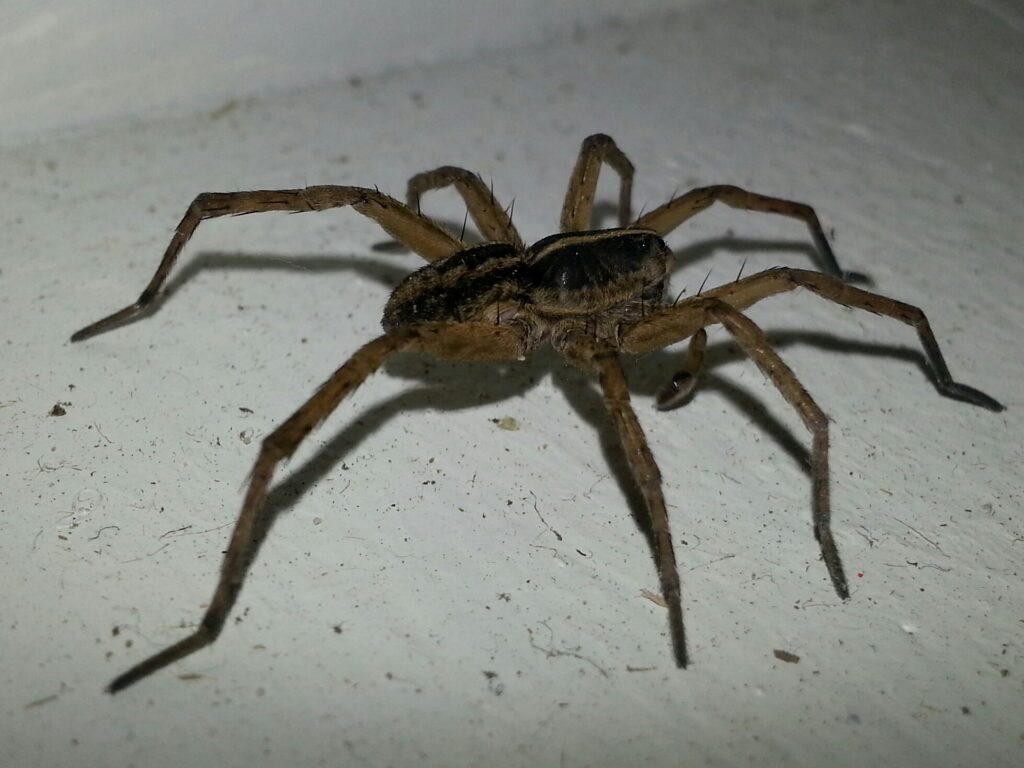 Hidden within the shadowy corners of your home, a silent army may be marching – carpenter ants. These unwelcome guests are distinguishable by their polished black armour-like exoskeletons and robust mandibles, forged for precision in woodcarving. In Kitchener, homeowners bear witness to their existence through telltale signs of sawdust trails that whisper the tales of their covert incursions.
Recognizing what a carpenter ant looks like is the first line of defence. With bodies that can stretch up to 13 millimetres in length and their characteristic bent antennae, these insects are not just mere pests but skilled architects of their clandestine realms. Detection of these carpenter ant signs warrants the expertise of a seasoned warrior in pest control in Kitchener. Entrust the safeguarding of your hearth to Truly Nolen's pest control services, where every technician is an expert versed in the art of carpenter ant extermination.
Hidden within the shadowy corners of your home, a silent army may be marching – carpenter ants. These unwelcome guests are distinguishable by their polished black armour-like exoskeletons and robust mandibles, forged for precision in woodcarving. In Kitchener, homeowners bear witness to their existence through telltale signs of sawdust trails that whisper the tales of their covert incursions.
Recognizing what a carpenter ant looks like is the first line of defence. With bodies that can stretch up to 13 millimetres in length and their characteristic bent antennae, these insects are not just mere pests but skilled architects of their clandestine realms. Detection of these carpenter ant signs warrants the expertise of a seasoned warrior in pest control in Kitchener. Entrust the safeguarding of your hearth to Truly Nolen's pest control services, where every technician is an expert versed in the art of carpenter ant extermination.
Spotting the Difference: Carpenter Ants vs. Other Ant Species
Carpenter ants bear a distinctive appearance that sets them apart from other ant species. Understanding how to identify carpenter ants is a key step toward effective pest management. Firstly, size is an important differentiator. While the size of carpenter ants can vary, they are typically larger than most ant species, with worker ants measuring between 1/4 to 1/2 inch long. Queen ants, on the other hand, can grow up to one inch. One of the unique features of carpenter ants is their dark colouration. Most varieties of carpenter ants are black, some could be a combination of black and red, adding a distinguishing tint to their appearance. Also noteworthy is the fact that carpenter ants have a rounded thorax. Unlike in other ant species, there are no dips or indentations on the carpenter's ant thorax. This rounded shape can be another distinguishing feature. Last but not least, one must consider the ant’s antennas. Carpenter ants have elbowed antennas, contributing to their unique silhouette. Being able to distinguish carpenter ants from other ants is crucial in planning an effective pest control strategy. As experts at Truly Nolen Canada, we have the knowledge and experience to facilitate accurate identification and implement comprehensive pest control measures.Signs of a Carpenter Ant Infestation
Identifying a carpenter ant infestation quickly is vital to prevent structural damage to your home. As the name suggests, carpenter ants are known for their affinity for wood, but unlike termites, they do not eat it. Rather, they create smooth, glossy tunnels within the wood, which can compromise the structure's stability if left unaddressed. One of the tell-tale signs of a carpenter ant infestation is the presence of worker ants. Carpenter ants are nocturnal insects that are typically much larger than other ant species. Their bodies range in size from 0.3 to 1 inch long, and they are usually black, though some species may have red or yellow coloration. Carpenter ants also have distinctive heart-shaped heads and a characteristic circle of hair at the end of their abdomen. Finding large, winged ants inside your home is another clear sign of a colony nearby. These winged ants, called swarmers, serve to reproduce and spread the colony and typically emerge during late spring or early summer. Keep an eye out for frass – a substance that looks like sawdust - around wooden structures in your home. As carpenter ants carve their tunnels, they leave behind frass that usually contains dead ants, fragments of insects they've consumed, and tiny shavings from the wood they've gnawed. Accumulations of frass are a strong indication of an active infestation. Users might also notice a faint rustling sound inside the walls. This comes from the ants' activity - scraping their mandibles against the wood, moving around in the galleries, or even communicating with each other.
Another subtle indication of a carpenter ant infestation could come in the form of inexplicable small damages to wooden structures in your home. Even though these ants prefer damp, decaying wood, they won't shy away from dry, undamaged wood to expand their colony.
If you observe any of these signs, do not hesitate to reach out to a pest control professional. At Truly Nolen Canada, we are committed to effectively diagnosing and treating your ant problem, protecting your home from potential damage.
Users might also notice a faint rustling sound inside the walls. This comes from the ants' activity - scraping their mandibles against the wood, moving around in the galleries, or even communicating with each other.
Another subtle indication of a carpenter ant infestation could come in the form of inexplicable small damages to wooden structures in your home. Even though these ants prefer damp, decaying wood, they won't shy away from dry, undamaged wood to expand their colony.
If you observe any of these signs, do not hesitate to reach out to a pest control professional. At Truly Nolen Canada, we are committed to effectively diagnosing and treating your ant problem, protecting your home from potential damage.

